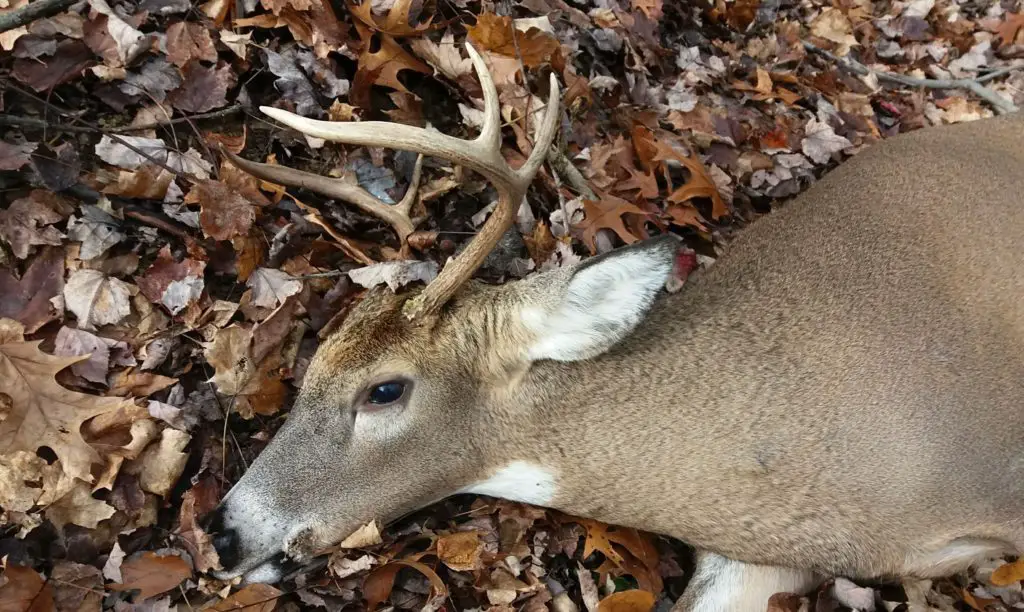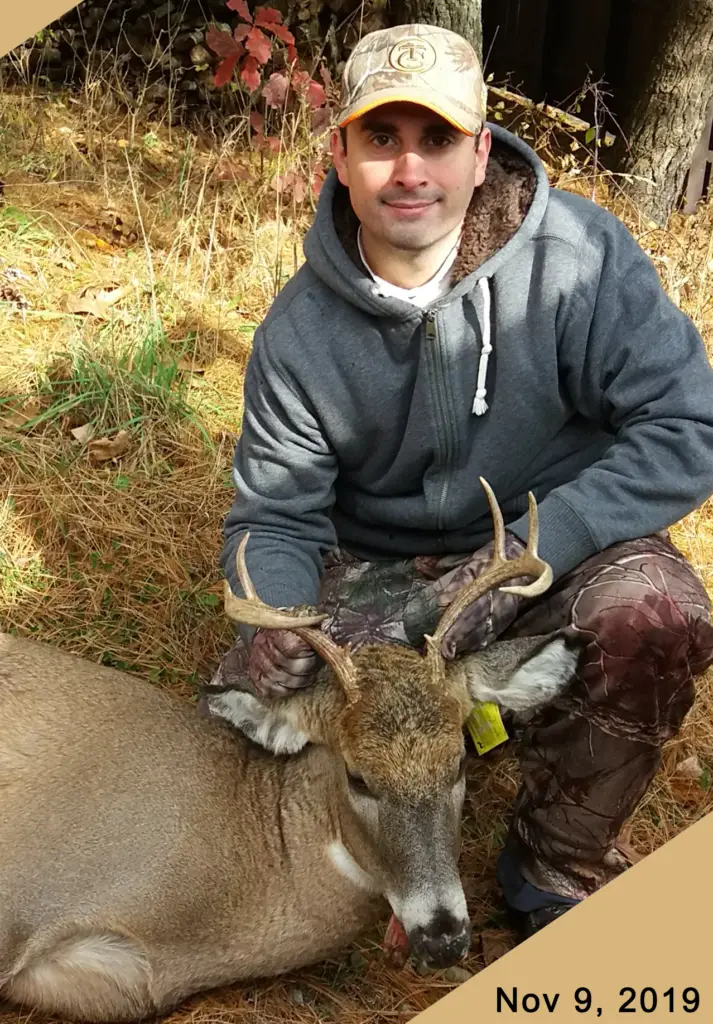Show Notes:
The goal of orange gear is to keep you safe in the woods, but it can be a drain on the wallet. On this episode I talk about the most versatile, most cost effective, and most concealing blaze orange strategy for new hunters.
Take Aways:
- Blaze orange jackets and coats look great, fit great, and work great. But you don’t need to buy half a dozen orange coats so you can comfortably hunt in all weather conditions.
- You do not need to end up with a closet full of orange coats that really cannot be used for any other purpose.
- Sure they make cheap little orange vests but they make noise, look bad, fit bad, cover your pockets, and don’t last long.
- Solid orange baseball caps create a liability for deer hunting, there are better and equally cheap alternatives.
- Download and listen to this episode to learn more and get the full blaze orange gear strategy.


